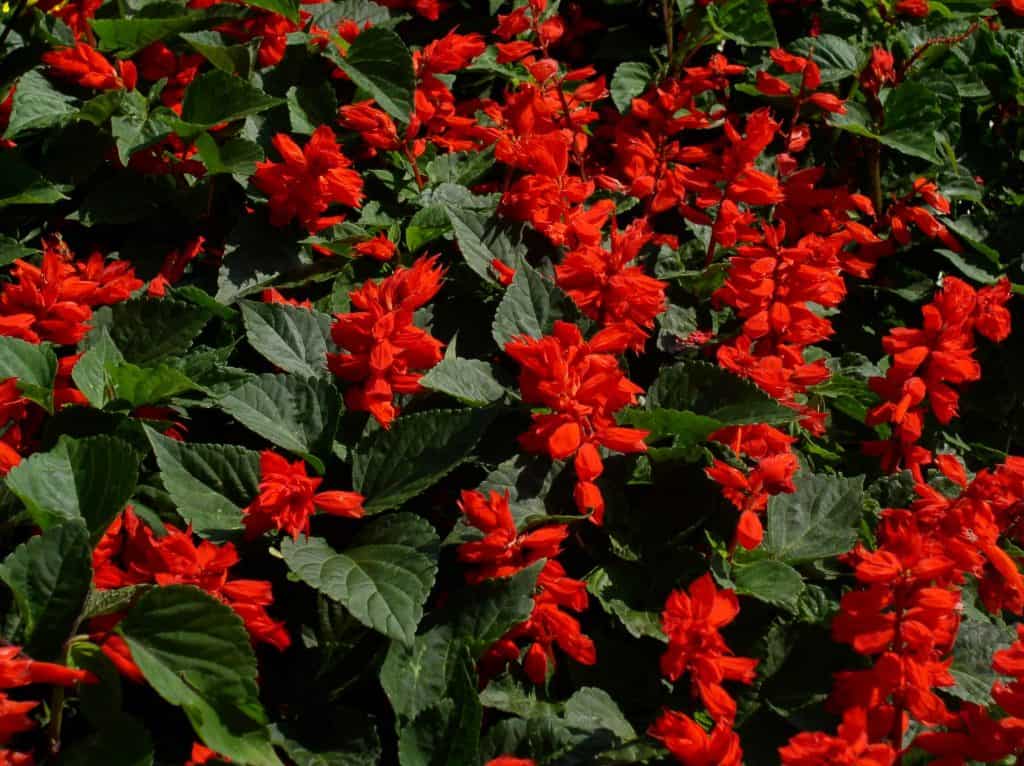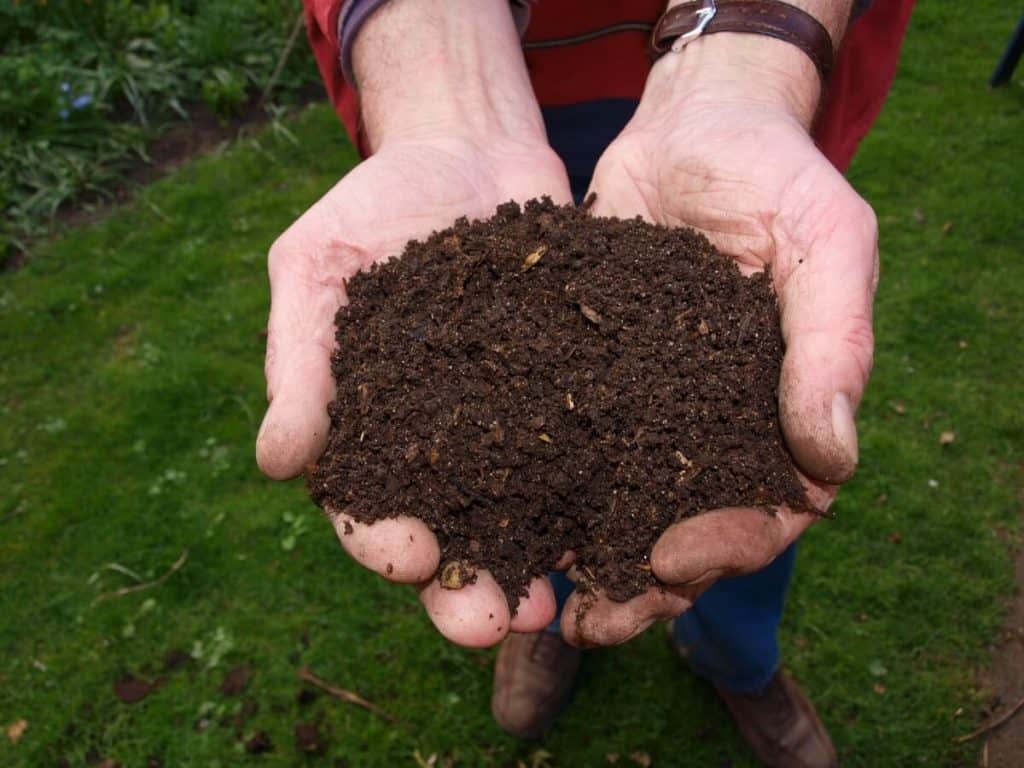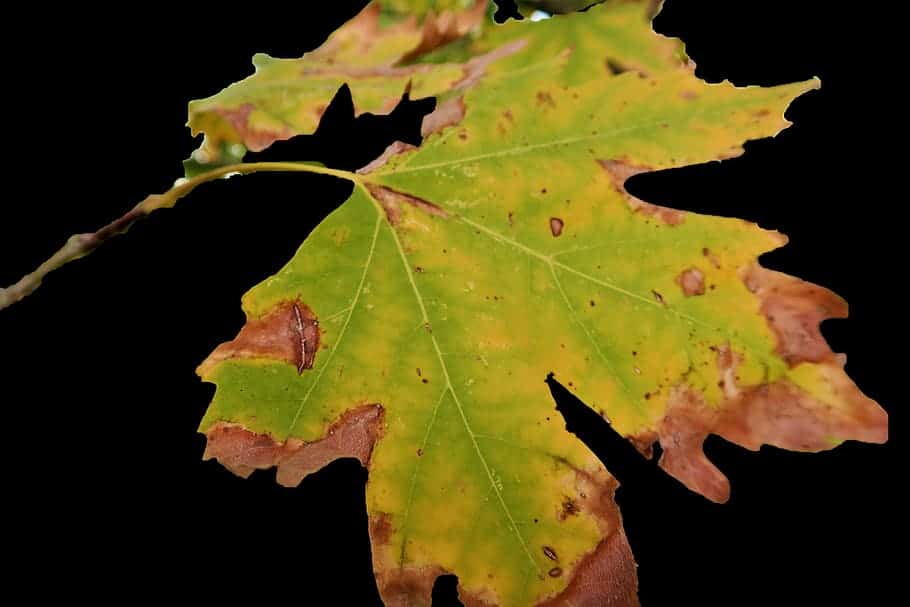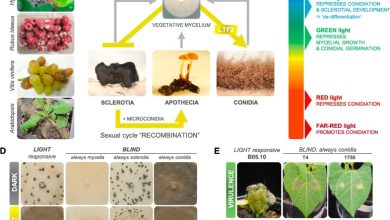Complete Guide on How to Plant Red Salvia: [Images + Step by Step]

If you are planning to redecorate your garden (as an ornamental plant) and want to give it a spectacular touch, don’t forget to plant red sage.
These vibrant and aromatic flowers attract butterflies and hummingbirds by the dozen, bringing your garden to life.
In addition, its care is quite simple, even for the less experienced. They grow easily, but it is not an aggressive or invasive plant.
If you are interested in growing red sage, read on!
Important Points when Sowing Red Salvia:
- When? During the spring and summer. In warmer areas it can be sown until fall.

- Where? It should get at least 8 hours of direct light per day. It can withstand semi shade.
- suitable temperature? Between 17-25º C.
- Growing time? The seeds will germinate in about 20 days.
- How do we prepare the land? They require a loose substrate, rich in organic matter, with excellent drainage and well aerated to avoid waterlogging.
- How do we water? Irrigation must be constant and moderate, since excess water causes multiple diseases. For the same reason, it is enough to keep the soil moist to the touch.
- How do we sow? Here step by step.
- Plagues and diseases? Red spider, aphid, thrips, rust, powdery mildew, mildew.
When should red sage be planted? The dates
During spring and summer, in temperate or very cold areas. In warmer areas it can be sown until fall.
Red sage is a perennial plant, but is grown as an annual in regions with cold winters.
Where to plant red sage? The light and temperature
 You must receive at least8 hours of direct light per day.It can withstand semi shade.
You must receive at least8 hours of direct light per day.It can withstand semi shade.
It is not very tolerant of very cold winters, and although it can grow indoors, it does much better outdoors.
It prefers hot, dry climates, as it is also prone to diseases from excessive humidity.
The optimal temperature during the day is between 17 and 25 ºC.
How often should it be watered?
The risks must be constant and moderate,because excess water causes multiple diseases. For the same reason, it is enough to keep the soil moist to the touch.
Humidity should be relatively low, preferably in dry climates.
How do we prepare the land for the cultivation of red sage?
They require a loose substrate, rich in organic matter, with excellent drainage and well aerated to avoid waterlogging.
Although it adapts to a wide variety of soils, it prefers light, calcareous soils with good exposure.
It does not tolerate acid soils very well, so the pH must be neutral, between 6.5 and 7.0.
How to plant red sage step by step
Step 1: Clear the ground

Extract weeds and remains of previous crops and all kinds of residues to ensure that your salvia can develop properly.
Avoid cushioning. Adequate air circulation must be allowed for the salvia to grow properly.
Step 2: Moisten and fertilize the soil before planting
This reduces the risk of expelling the seeds by the force of the water.
Step 3: Fertilize the soil
 Spread some organic matter on the soil to improve the overall quality before you start sowing the seeds. Peat is excellent for promoting growth.
Spread some organic matter on the soil to improve the overall quality before you start sowing the seeds. Peat is excellent for promoting growth.
Pulverized pine bark can also be used as fertilizer or earthworm humus.
Remember not to use too much fertilizer, as it can be harmful, causing less flowering.
Ways to Grow Red Sage: Seed or Cuttings
Method 1: Through seeds directly in the orchard or nursery
- You should introduce them to a maximum depth of 1 cm, trying to cover them with a little mulch. Each hole should be between 20 and 30 cm away from each other.
- Germination is difficult so you should get good quality seeds. You can put more than one in each hole.
- Water the soil regularly until the seeds germinate, whichit will take about 20 days.
- If more than one seed has germinated in each hole, keep the strongest one. To do this, do not pull the weak one, as you can damage the leaves. A simple pruning at ground level is sufficient.
Method 2: Using cuttings
- It should be done in spring or early summer.
- Place the cuttings at a distance of 20 to 30 cm from each other, at a depth of approximately 3 cm, making sure that the end you bury does not contain leaves to prevent the stem from rotting.
- Cuttings will root in approximately 25-30 days.
Finally: Repot your shoots and fertilize often
If you have planted in a pot or seedbed, you must transplant a month after planting. Choose a sunny and well-ventilated area in the garden.
Leave between 20 and 30 centimeters between each of your plants.
Fertilize during flowering with a fertilizer mixed with irrigation every 15 days.
Pests and diseases of red sage
Some of the most common pests and diseases that affect red sage are:
Mildew
mildew
» src=»https://www.sembrar100.com/wp-content/uploads/leaf-1000423_960_720-2.jpg» alt=»<a class=» />mildew» width=»311″ height=»233″ />The dispersion of the fungus is carried out by rain and wind, sprinkler irrigation, dew and condensation drops.
Favorable conditions for its development are relative humidity above 90% and temperatures between 10 and 25ºC.
For its prevention, it is recommended to remove the plants that have already been affected by the disease and to make an adequate management of ventilation and irrigation. It is also recommended to use healthy seedlings.
powdery mildew
It is best to install a drip irrigation system and apply horsetail as prevention.
It also works to eliminate weeds and crop residues, and favor the ventilation of the crop.
Rust
To control it, it is recommended to avoid excess nitrogen, control the environmental conditions, favor the ventilation of the crop and use crops with genetic resistance.
Red spider
 It is recommended to avoid substrates with excess nitrogen and to monitor crops during the early stages of development.
It is recommended to avoid substrates with excess nitrogen and to monitor crops during the early stages of development.
In fairly dry climates it is recommended to water crops at night to maintain moisture.
Another recommendation is disinfection prior to planting in plots with a history of red spider mite to ensure that there are no eggs left.
To combat an infestation, an extract of garlic and chili can be applied, although if the plant is severely affected, it is best to remove it to prevent it from spreading to other plants.
Biological control can be carried out through its natural enemies. The main predatory species of spider mite eggs, larvae and adults are other species of mites such as Amblyseius californicus and Phytoseiulus persimilis. The Feltiella acarisuga mosquito is also a fairly effective predator.
thrips
To combat them, ecological alternatives can be used, such as potassium soap and neem extract.
One form of preventative control is to set out blue or yellow traps or containers with sticky surfaces for them to stick to.
Biological control can be done through its natural enemies. Thrips have several natural predators such as certain varieties of mites, especially the Amblyseius barkeri and the Orius bug.
aphids
To prevent the appearance of aphids, the total elimination of weeds and remains of previous crops is recommended.
Biological control can be done through its natural enemies. The main predators of aphids are Aphidoletes aphidimyza, which is a small fly whose larvae feed on more than seventy species of aphids.
To combat them, in addition, potassium or biodegradable soap can be applied to the underside of the plants. It should be applied very early in the morning or in the afternoon, when the sun no longer hits the leaves. The soap will help clean the honeydew excreted by the aphid and soften its cuticle.
verticillium wilt
 Verticillium or Verticillium wilt is a common soil fungus that thrives in temperate climates around the world and can be present in the soil for decades.
Verticillium or Verticillium wilt is a common soil fungus that thrives in temperate climates around the world and can be present in the soil for decades.
Verticillium wilt overwinters in the soil as dormant mycelium or tiny dormant black structures called microsclerotia, waiting for favorable conditions to return.
They enter damaged plant tissue through the roots and multiply. Many common weeds, such as dandelions and weeds, can be Verticillium host species.
Verticillium wilt is a disease that affects more than 350 species of eudicolous plants. It is caused by six species of Verticillium fungi: Verticillium dahliae, Verticillium albo-atrum, Verticillium longisporum, Verticillium nubilum, Verticillium theobromae, and Verticillium tricorpus.
Many plants with significant economic weight are susceptible, such as cotton, tomatoes, potatoes, oilseed rape, aubergines, peppers, and ornamental plants, as well as others in natural vegetation communities.
Many species and cultivars of eudicots are resistant to the disease, and all monocots, gymnosperms, and ferns are immune. To know more: Verticillium wilt in the Orchard: What is it? How do we identify it?


![Photo of Stevia: [Planting, Care, Irrigation, Substrate and Pests]](https://www.complete-gardening.com/wp-content/uploads/2022/08/stevia-planting-care-irrigation-substrate-and-pests-390x220.jpg)
